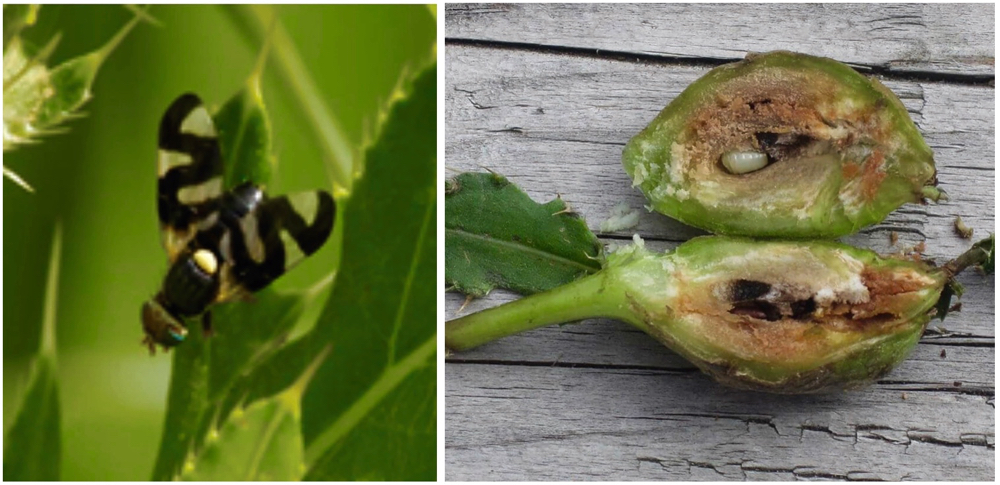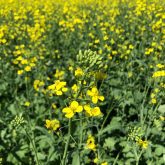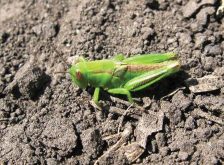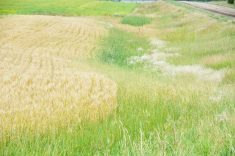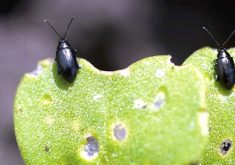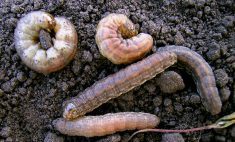The West Central Forage Association has another biocontrol that can help you win the war against Canada thistle.
The proud warriors are called stem gall flies and they’re available for sale.
“The gall flies act on a different portion of the Canada thistle than the weevils do,” said Rachael Nay, conservation agriculture and extension program co-ordinator with the West Central Forage Association.
The association has been selling Canada thistle stem-mining weevils for years — and has trouble meeting demand. Stem gall flies could be an attractive option for producers who are battling the invasive, and pernicious, weed.
Read Also

Farming Smarter receives financial boost from Alberta government for potato research
Farming Smarter near Lethbridge got a boost to its research equipment, thanks to the Alberta government’s increase in funding for research associations.
The flies become adults in early June and lay eggs on the thistle in early summer. The larvae then develop and feed on the tissue of the plant and form a gall.
“The gall becomes a nutrient sink, directing nutrients away from the plant’s normal metabolic and reproductive functions,” the association notes on its website.
Forced to focus all its energy on the gall, the thistle stops reproducing properly. The flies overwinter in the gall as mature larvae and emerge as adults in spring.
It’s all very nasty for Canada thistle, but a boon for farmers suffering from infestations of the weed, which is a huge pest because it reproduces from both seed and rhizomes. Even an inch-long piece can send out new shoots.
“A density of 20 Canada thistle shoots per square metre can cause an estimated yield loss of four per cent in barley, 26 per cent in canola, 36 per cent in winter wheat and eight per cent in alfalfa seed,” said Nay. “Field infestations can reach 170 shoots per square metre.”

West Central Forage began selling stem gall flies in 2016, but doesn’t have a lot of data on how well they work.
“So far, on our test sites, we haven’t been able to see any galls forming, but we’ve had some producers say that they’ve seen lots of galls and had good success with them. We’re still learning as we go,” said Nay.
“I think people are also a bit worried because flies will pick up and take off from where they have been deposited. I can’t guarantee that they won’t do that. As long as they are deposited in an area with a lot of thistle, they should stay there, as they don’t have to look for a new food source.”
The gall flies are greenhouse raised, so their numbers are guaranteed.
“If you already have weevils out in an area, the stem flies work well because they both target different portions of the plant,” added Nay.
One tray costs $145 plus GST and can be ordered from Nay (at 780-727-4447 or [email protected]).


